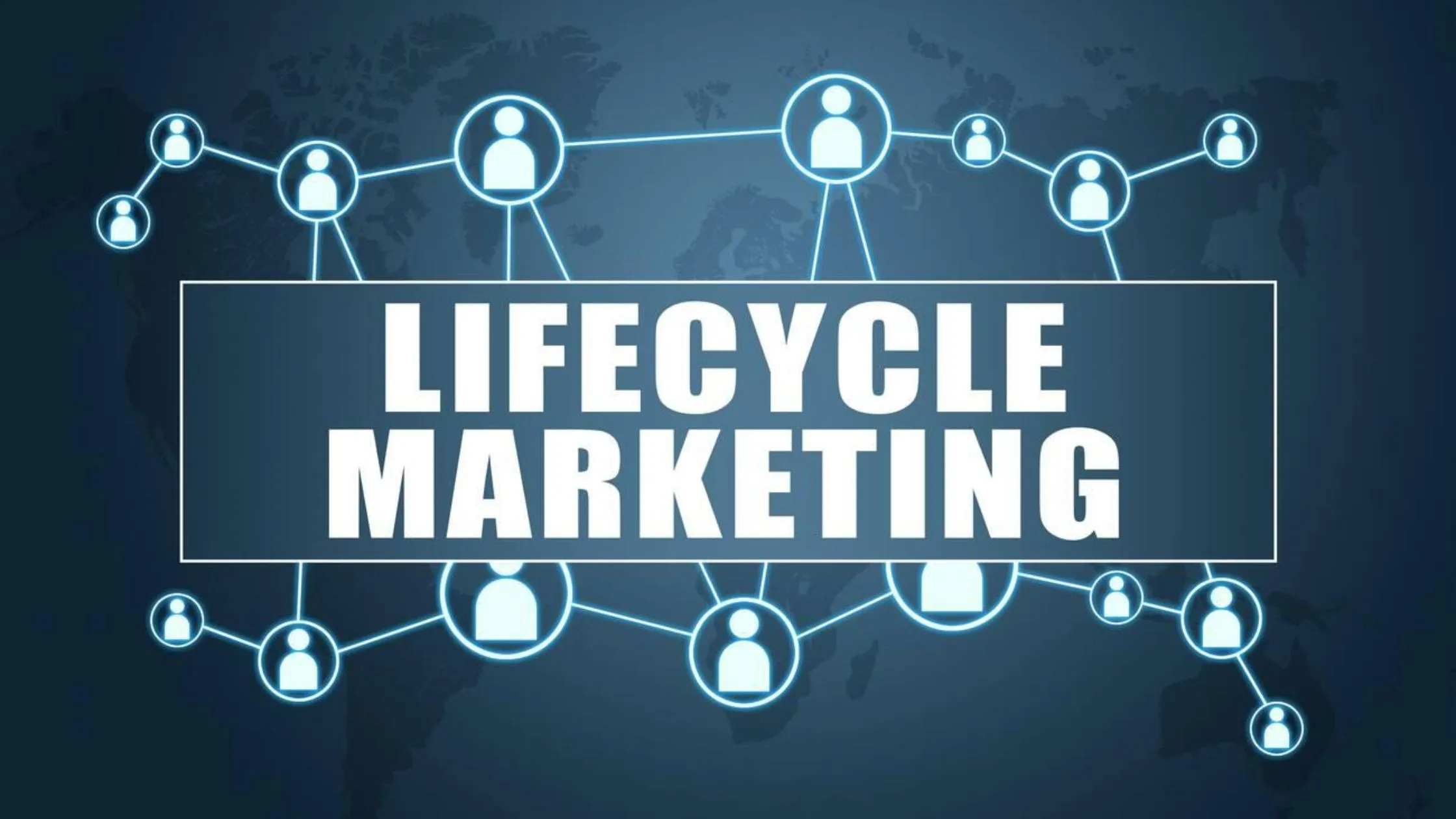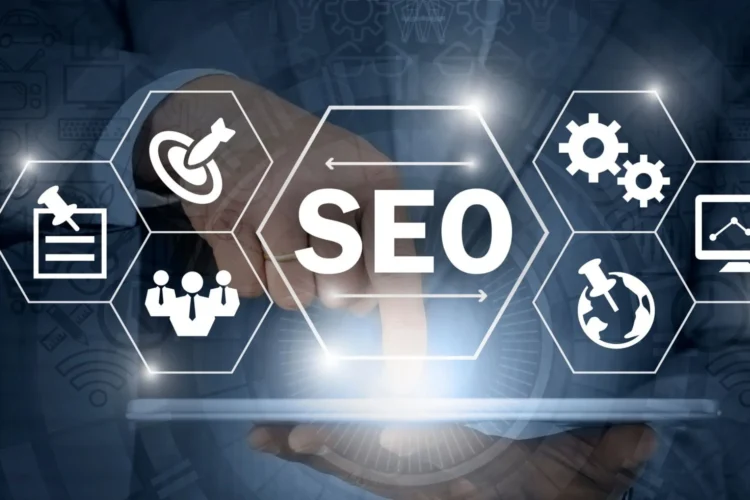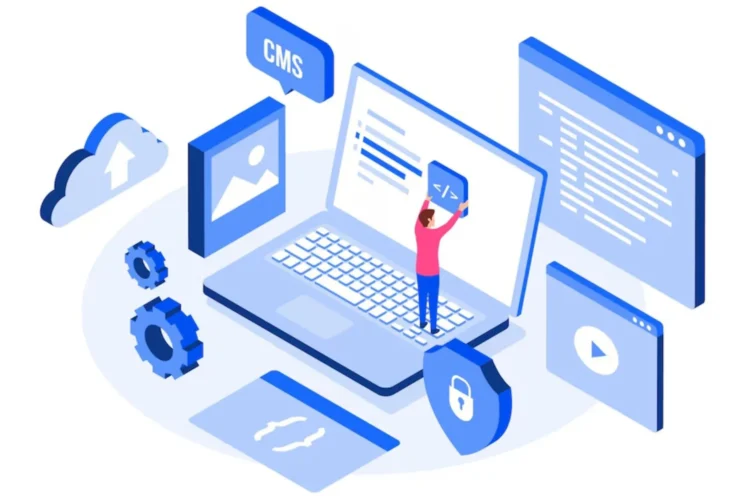
In today’s competitive business landscape, acquiring customers is just the beginning of the journey. Companies must focus on nurturing relationships with their customers throughout their entire lifecycle to thrive and achieve sustainable growth. This is where lifecycle marketing comes into play.
Lifecycle marketing is a strategic approach that involves understanding and catering to the different stages of the customer journey, from initial awareness to post-purchase engagement and beyond. By implementing targeted campaigns and personalized messaging at each stage, businesses can maximize customer value, foster loyalty, and drive long-term success.
Understanding the Lifecycle Marketing Stages

The customer lifecycle typically consists of several stages, each with unique characteristics and engagement opportunities. While specific terminology may vary, the core stages often include:
Awareness: This is when potential customers become aware of your brand, product, or service. It’s crucial to capture their attention and generate interest through compelling content, advertising, and social media presence.
Consideration: Once prospects know about your offering, they enter the consideration stage, evaluating their options and comparing different solutions. Providing informative content, customer testimonials, and personalized recommendations can help sway their decision in your favour.
Purchase: This stage marks the point of conversion, where prospects become paying customers. Streamlining the purchase process, offering incentives, and providing excellent customer support can enhance the buying experience and encourage repeat business.
Retention: After making a purchase, customers enter the retention stage, where the goal is to keep them engaged and satisfied with your product or service. This involves ongoing communication, exclusive offers, and proactive customer service to address issues or concerns.
Advocacy: In the advocacy stage, satisfied customers become advocates for your brand, spreading positive word-of-mouth and driving referrals. Encouraging reviews, implementing loyalty programs, and rewarding brand ambassadors can further amplify their impact.
Implementing Lifecycle Marketing Strategies
To effectively leverage lifecycle marketing, businesses must tailor their strategies to address customers’ unique needs and preferences at each stage. Here are some key tactics for optimizing engagement and driving results:
Segmentation: Segmenting your audience based on demographics, behaviour, and purchase history allows for more personalized and targeted marketing efforts. You can increase conversion rates and customer satisfaction by delivering relevant content and offers to specific segments.
Automation: Leveraging marketing automation tools enables you to deliver timely and relevant messages to customers at scale. Whether sending welcome emails to new subscribers or re-engagement campaigns to inactive users, automation streamlines the process and ensures consistency across touchpoints.
Personalization: Personalizing the customer experience based on individual preferences and past interactions can significantly impact engagement and loyalty. From personalized product recommendations to tailored messaging, customization fosters a deeper connection with customers and increases the likelihood of repeat purchases.
Lifecycle-Based Content: Creating content that aligns with each stage of the customer lifecycle helps guide prospects through their journey and addresses their evolving needs and concerns. Whether it’s educational blog posts during the consideration stage or post-purchase tutorials and support resources, relevant content enhances the overall customer experience.
Feedback and Measurement: Regularly soliciting customer feedback and analyzing key metrics allows you to optimize your lifecycle marketing efforts continuously. By monitoring conversion rates, retention rates, and customer satisfaction scores, you can identify areas for improvement and make data-driven decisions to drive better results.
Case Studies and Success Stories
To illustrate the effectiveness of lifecycle marketing in action, let’s explore a few real-world examples:
Netflix: Netflix excels at lifecycle marketing by leveraging data-driven personalization to enhance the user experience at every stage. From recommending relevant content based on viewing history to sending targeted emails promoting new releases, Netflix keeps subscribers engaged and coming back for more.
Amazon: Amazon’s sophisticated lifecycle marketing strategy spans the entire customer journey, from personalized product recommendations during consideration to proactive customer support and order tracking post-purchase. By continuously refining its approach based on customer feedback and behaviour, Amazon has built a loyal customer base and achieved unparalleled success in e-commerce.
Conclusion
Lifecycle marketing is a robust framework for driving sustainable growth and building lasting customer relationships. By understanding the different stages of the customer journey and implementing targeted strategies to address their needs and preferences, businesses can maximize engagement, retention, and advocacy, ultimately driving long-term success in today’s competitive marketplace. Embracing lifecycle marketing as a core component of your marketing strategy can position your business for sustained growth and profitability in the digital age.


